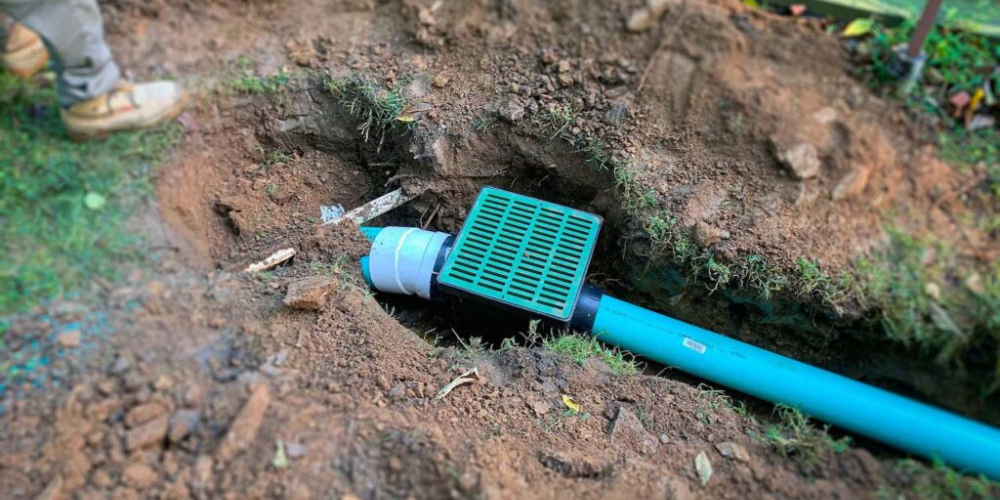Catch basins can be made from various materials, including:
- Concrete: Concrete is a popular material for catch basins manufacturing due to its durability and strength. It is also resistant to corrosion, making it an excellent choice for areas with high levels of rainfall or exposure to saltwater.
- Plastic: Plastic catch basins are lightweight, easy to handle, and require minimal maintenance. They are also resistant to corrosion and can withstand extreme temperatures, making them ideal for use in a variety of environments.
- Metal: Metal catch basins are typically made from aluminum, stainless steel, or galvanized steel. They are durable, resistant to corrosion, and can be customized to fit a variety of applications. However, metal catch basins can be heavy and require more maintenance than other materials.
- Composite: Composite catch basins are made from a combination of materials, such as fibreglass, resins, and plastics. They offer high durability and resistance to corrosion, while also being lightweight and easy to handle. Composite catch basins can be customized to fit a variety of applications and are often more affordable than other materials.
- Stone: Stone catch basins are typically made from materials such as granite or marble. They offer a high level of durability and aesthetic appeal, but can be more expensive and require more maintenance than other materials.
The choice of material for catch basin manufacturing will depend on factors such as the application, environment, and budget.
Why should you choose plastic catch basins:
Firstly, it depends on the requirement of the user to choose material according to their need. Nonetheless, plastic ccatch basin provides a number of beneficial factors that make it a safe and convient option for the user. There are several reasons why you might choose plastic catch basins over other materials, including:
- Lightweight: Plastic catch basins are typically lighter than concrete or metal catch basins, making them easier to handle and install. This can help reduce installation time and labor costs.
- Corrosion-resistant: Plastic catch basins are resistant to corrosion and rust, which can prolong their lifespan and prevent costly repairs or replacements. They are also resistant to chemical damage from acids, salts, and other substances commonly found in stormwater.
- Easy to maintain: Plastic catch basins require minimal maintenance, as they are less likely to clog or rust, and can be easily cleaned with a hose or pressure washer.
- Customizable: Plastic catch basins come in a variety of sizes and configurations, making it easy to customize them to the unique needs of a particular application. This versatility can help ensure that the catch basin is both efficient and effective.
- Cost-effective: Plastic catch basins are often more affordable than concrete or metal catch basins, making them an excellent choice for budget-conscious customers.
- Eco-friendly: Plastic catch basins are often made from recycled materials, and can be recycled again at the end of their useful life. This can help reduce waste and conserve natural resources.
Overall, plastic catch basins offer several advantages over other materials, including durability, ease of installation, and cost-effectiveness.


